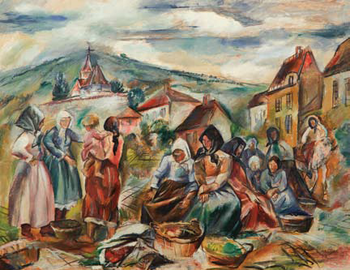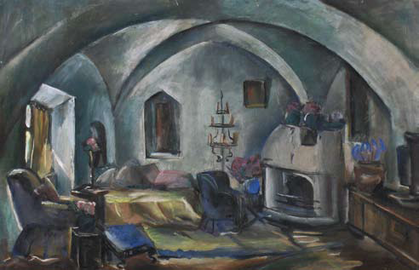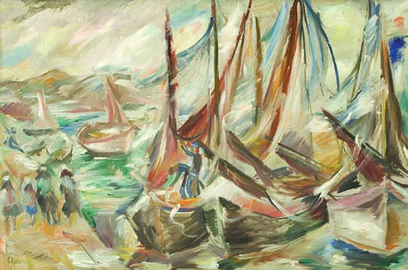
Nicolae Grigorescu was one of the founders of modern Romanian painting.
Ignat Bednarik was a Romanian painter who worked in almost every genre of painting before devoting himself purely to watercolor. He was also interested in decorative art, design, interior decoration and book illustration. In his lifetime, he produced more than 3,000 works of art.

Theodor Aman was a Romanian painter, engraver and art professor. He mostly produced genre and history scenes.
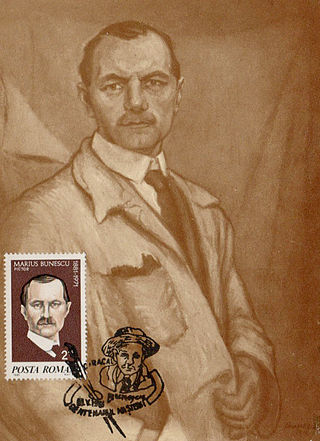
Marius Bunescu was a Romanian painter, organizer of the National Museum of Art, and director of the Anastase Simu Museum.
Cristache Gheorghiu is a Romanian writer, painter, mechanical engineer and computer scientist.
Sorin Ilfoveanu is a Romanian painter, designer and university teacher.
Henry Mavrodin was a Romanian painter, designer, essayist, and university teacher. He was born in Bucharest, Romania, on 31 July 1937, and died on 18 May 2022, at the age of 84.
Alma Redlinger was a painter and illustrator from Romania.

Ion Theodorescu-Sion was a Romanian painter and draftsman, known for his contributions to modern art and especially for his traditionalist, primitivist, handicraft-inspired and Christian painting. Trained in academic art, initially an Impressionist, he dabbled in various modern styles in the years before World War I. Theodorescu-Sion's palette was interchangeably post-Impressionist, Divisionist, Realist, Symbolist, Synthetist, Fauve or Cubist, but his creation had one major ideological focus: depicting peasant life in its natural setting. In time, Sion contributed to the generational goal of creating a specifically Romanian modern art, located at the intersection of folk tradition, primitivist tendencies borrowed from the West, and 20th-century agrarian politics.
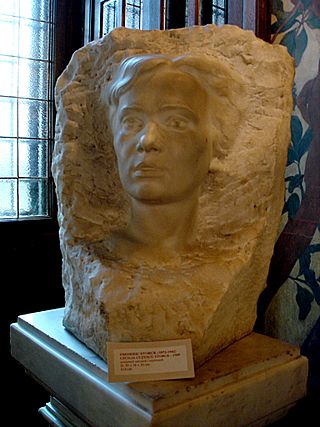
Cecilia Cuțescu-Storck was a Romanian painter with a strong influence on cultural life in the interwar period. She was a promoter of feminism, contributing to the establishment of the "Association of women painters and sculptors" and "Feminin artistic circle".
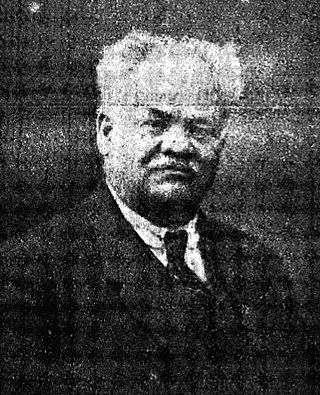
Gheorghe Bogdan-Duică was an Imperial Austrian-born Romanian literary critic. The son of a poor merchant family from Brașov, he attended several universities before launching a career as a critic, first in his native town and then in Czernowitz. Eventually settling in Bucharest, capital of the Romanian Old Kingdom, he managed to earn a university degree before teaching at a succession of high schools. Meanwhile, he continued publishing literary studies as well as intensifying an ardently nationalistic, Pan-Romanian activism. He urged the Romanian government to drop its neutrality policy and enter World War I; once this took place and his adopted home came under German occupation, he found himself arrested and deported to Bulgaria. After the war's conclusion and the union of Transylvania with Romania, he became a literature professor at the newly founded Cluj University. There, he served as rector in the late 1920s, but found himself increasingly out of touch with modern trends in literature.

Apcar Baltazar was a Romanian painter and art critic of Armenian parentage. His first name is often spelled Abgar, due to differing transliterations from Armenian.

Tasso Marchini was a Modernist painter of mixed parentage, who spent most of his short life in Romania.
Marian Zidaru is a Romanian sculptor and painter.

Georgeta Năpăruș was a Romanian modernist painter.
Octav Grigorescu was a Romanian painter, graphic artist, book illustrator, fine arts professor at the Bucharest National University of Arts, an important figure in Romanian art. He was the brother of Ion Grigorescu and the husband of the painter Georgeta Năpăruș.

Elena Murariu is a Romanian painter and iconographer. She is known for her icons and graphics works.

Darie Magheru was a Romanian poet and theatre actor.

Anastase Demian was a Romanian painter, illustrator, and university professor.

Carol Wallenstein de Vella, also known as Karol Wallenstein or Carol Valștain was a Croatian-born Romanian painter, art professor, and museographer, who served as the first drawing teacher at the Princely Academy of Saint Sava. Some sources give his year of death as 1863.

